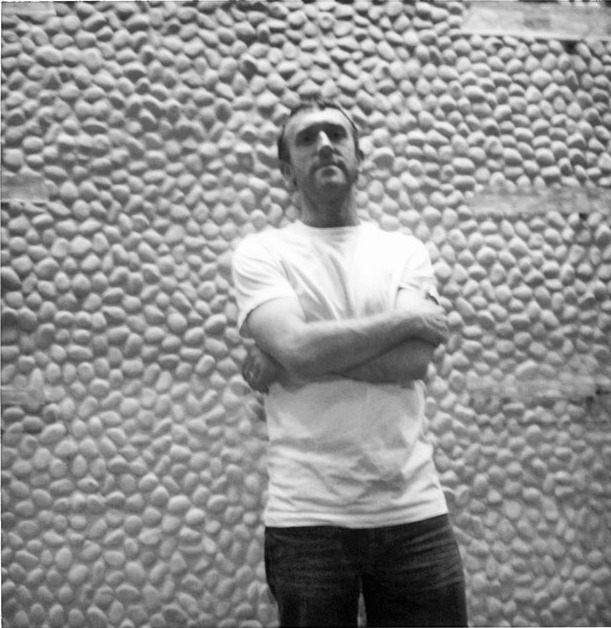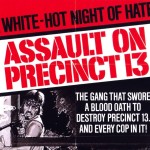Words by RJD2
I think a thing that’s drawn me into a lot of Carpenter scores is that they are in many ways exercises in minimalism. This is a sort of subtext that ran throughout the making of the Insane Warrior record [We Are the Doorways]; my general ethos in making an RJD2 record is to pack every song with as much drama and engaging content as possible. So the idea of at least TRYING to do the exact opposite was appealing. It’s a big part of how I went about the recording sessions that became this album. Carpenter is really a master of taking one theme, and both modifying it over the course of a film, as well as just placing it in a point that it propels the images. Remember, if you divorce these from the scenes, i.e. just LISTEN, they play very differently!
Here are some of my favorite films as well as scores by him…
The Thing (1982)
I had a hard time choosing between this and [the 1974 film] Dark Star, but chose this due to the score. It’s a perfect example of almost extreme minimalism. What ends up happening is its almost an exploration of practically random intervals and chords superimposed over a single not bassline. The tonal synth programming is really nice, and he keeps introducing some great additional sounds as it progresses. Fantastic tension builder. If you watch this now, the special effects can seem almost corny, but even still, the suspenseful nature of the film is just brilliant. And when the theme kicks into high gear, it totally catches you off guard. BAM!
—
Assault On Precinct 13 (1976)
A really cool film. I love how a lot of the dialogue is juxtaposed AGAINST music, not over it. The main theme is actually a pretty “melodic” 4 bar progression, but he does a great thing as it progress. The first note he brings in is a long sustained triton (in layman’s terms its one of the most “wrong” notes of a chromatic scale to start on). Very tense. A great non-fantastical film.
—
Escape From New York (1981)
This could easily be the type of thing that would wind up on a pop record musically. Great progression, really nice resolution, even has a b-section. The sequenced drum machine parts and synth sequencer are totally off from each other at times, very charming. At times very angular synths, at times acoustic piano—this is a pretty evolved piece, as far as his stuff goes. It just evokes a really cool emotive vibe that works with visuals so well. Also this movie is a great concept, and brilliantly executed.
—
The Fog (1980)
This movie is pure genius. I feel like Carpenter was the perfect bridge point from Hitchcock’s mastery of suspense, and still incorporating modern filming and costume/makeup/special effects techniques. The score is basically a very simple theme that continually gets modulated downwards in almost random intervals. Technically I don’t know if there’s a point in saying this is in ANY key. It’s more like an idea than a composed piece. I love it—this idea of trying to get outside of the usual harmonic world of pop music was another thing I wanted to borrow, or refer to.
—
Halloween (1978)
I would be remiss to not mention this theme. While it is equivalent to “chopsticks,” in that it’s the first or second thing that anyone can play on a keyboard, it’s also EXTREMELY effective. Again, he utilizes this technique of modulating the theme around in very weird intervals; this is not Motown bridge stuff; it’s very atonal. Fantastic.
—

